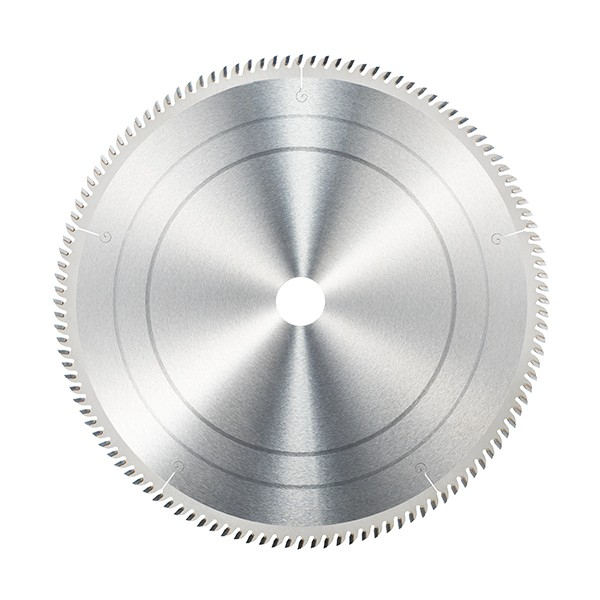
The carbide saw blade includes many parameters such as the type of alloy cutter head, the material of the substrate, the diameter, the number of teeth, the thickness, the tooth shape, the angle, and the bore, etc. These parameters determine the processing ability and cutting performance of the saw blade. When selecting a saw blade, it is necessary to correctly select according to the type, thickness, sawing speed, sawing direction, feeding speed, and sawing kerf width of the sawing material. So how should we choose?
We can choose from the following aspects:
(1)Type of carbide
The commonly used types of carbide are tungsten-cobalt and tungsten-titanium. Tungsten-cobalt carbide has good impact resistance and is widely used in the wood processing industry. As the cobalt content increases, the impact toughness and bending strength of the alloy increase, but the hardness and wear resistance decrease, so it should be selected according to the actual situation.
(2) Substrate
1. 65Mn spring steel has good elasticity and plasticity, economical material, good hardenability after heat treatment, low heating temperature, easy deformation, it can be used for saw blades that do not require high cutting requirements.
2. Carbon tool steel has high carbon content and high thermal conductivity, but its hardness and wear resistance drop sharply when subjected to a temperature of 200°C-250°C, after heat treatment deformation large, poor hardenability, and easy cracking after long tempering time. economical materials for knives manufacturing such as T8A, T10A, T12A, etc. .
3. Alloy steel,Compared with carbon tool steel, it has better heat resistance, wear resistance, and better processing performance. The heat-resistant deformation temperature is 300°C-400°C and is suitable for manufacturing high-grade alloy circular saw blades.














